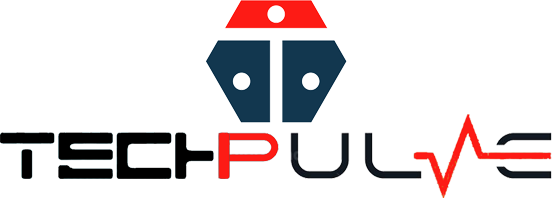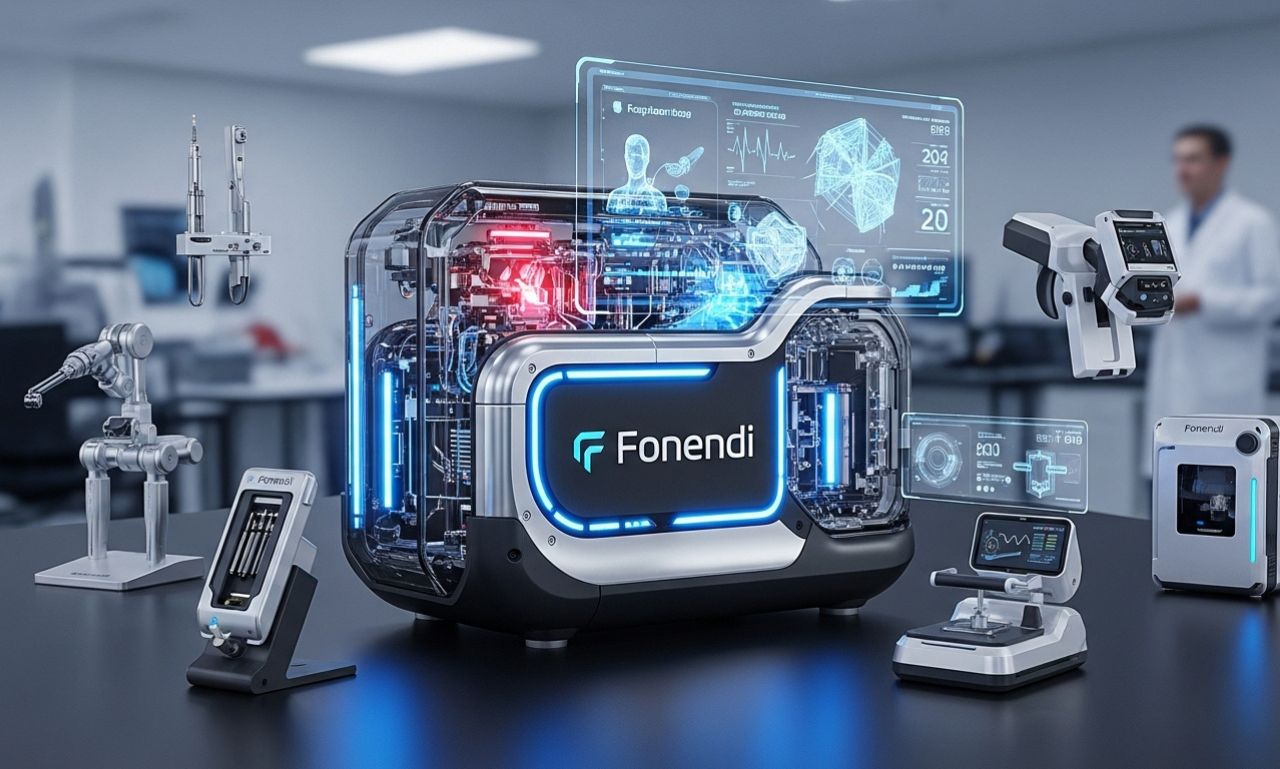In a rapidly advancing healthcare environment, the tool known as Fonendi is emerging as a game-changer. From traditional acoustic stethoscopes to modern digital devices, Fonendi brings together enhanced sensing, connectivity, and analytics to revolutionize how physicians listen to internal body sounds. In this article we’ll explore the origins, technology, clinical applications, advantages, limitations, and future of Fonendi — offering a clear, up-to-date, informative overview for clinicians, patients, and tech enthusiasts alike.
What is Fonendi?
At its core, Fonendi describes a modern diagnostic tool — often a digital stethoscope or a smart auscultation device — designed to capture, amplify, record, and analyze internal body sounds such as heartbeats, lung activity, and bowel movements. While the word may not yet be universally standardized in all medical settings, it reflects the shift from purely analog devices toward connected, intelligent instruments. It may also refer broadly to a platform combining hardware and software for remote monitoring and telemedicine.
The significance of Fonendi lies in its ability to bridge the gap between traditional auscultation (listening with a stethoscope) and the needs of modern healthcare: remote access, data storage, algorithmic interpretation, and integration into electronic records. For a clinician placing Fonendi on a patient’s chest, this means not only hearing heart sounds but capturing and analyzing patterns, sharing the data, and revisiting it at a later time.
Evolution of Fonendi
The journey to Fonendi reflects over two centuries of medical innovation. The classic stethoscope was invented in 1816 by René Laennec, who used a rolled-paper tube to listen indirectly to a patient’s chest. Though rudimentary, it introduced the concept of auscultation. Over the decades the instrument evolved: flexible tubing, binaural ear-pieces, improved acoustics, and finally digital versions. Fonendi represents this evolution into the 21st century.
In recent years, the convergence of micro-sensors, digital signal processing, wireless connectivity, and artificial intelligence has made it possible to rethink what auscultation can achieve. Fonendi brings this innovation into the hands of clinicians and even patients, expanding both accessibility and capability.
How Fonendi Works
Fonendi’s architecture typically combines several elements:
-
A sensitive chest-piece (diaphragm and/or bell) that captures body sound waves.
-
Digital sensors (microphones, accelerometers) that convert acoustic waves into electrical signals.
-
Signal-processing units (either onboard the device or connected via app) that filter out noise, amplify relevant frequencies, and visualize the waveform.
-
Connectivity modules (Bluetooth, WiFi) and cloud integration enabling recording, sharing, and remote diagnosis.
-
Software and algorithms (sometimes AI-powered) that assist in recognizing abnormal patterns (such as murmurs, wheezes, or subtle lung sounds) and support clinicians.
When a clinician uses Fonendi on a patient, the device captures the internal sounds, filters ambient noise, transmits the data to the connected app or system, and may present visual data (waveforms, spectrograms) alongside audio. The recorded data can then be annotated, shared with colleagues, stored in the patient’s record, or revisited for tracking changes.
Key Features and Benefits of Fonendi
Enhanced Sound Quality & Clarity
One of the major benefits of using Fonendi is the improved fidelity in capturing internal sounds. Digital amplification and sophisticated filtering reduce background noise and enhance subtle sound patterns that might be missed with a standard acoustic stethoscope.
Remote Monitoring & Telemedicine Support
In today’s context of telehealth and remote care, Fonendi is particularly valuable. It allows remote auscultation — a patient’s heart or lung sound can be captured at home or in a rural clinic and transmitted to a specialist located elsewhere.
Data Recording, Analysis & Longitudinal Tracking
Unlike traditional stethoscopes, Fonendi enables recording and storage of auscultation sessions. This means clinicians can compare recordings over time, detect subtle changes, and collaborate more effectively. AI-assisted tools can flag anomalies for review.
Educational and Training Applications
For medical students and residents, Fonendi is indeed a powerful teaching aid. Moreover, they can easily hear and visualize recorded body sounds, and then revisit cases, annotate them, and even gain experience with rare auscultatory findings in a controlled setting. Consequently, this process significantly boosts both their confidence and overall competence.
Expanded Accessibility and Patient Engagement
Because Fonendi can bring hospital-quality auscultation into non-traditional settings (home, rural clinic), it has the potential to democratize diagnostics. Patients may feel more involved, hear their own recordings, and participate in their health monitoring.
Clinical Applications of Fonendi
Cardiology
In cardiology, auscultation remains a foundational skill. Moreover, with Fonendi, murmurs, abnormal valve sounds, arrhythmic beats, and even subtle changes in heart sounds can now be picked up more reliably. As a result, recording these findings not only allows for easier review but also facilitates timely referrals to specialists.
Pulmonology
Lung sounds — wheezes, crackles, diminished breath sounds — can be challenging to detect, especially in noisy or resource-limited environments. Fonendi helps filter ambient noise and capture pulmonary sounds with clarity.
Pediatrics
Children often move or are anxious during exams. With Fonendi’s enhanced sound capture and faster signal recognition, clinicians can conduct quicker and more accurate auscultation with less distress to children.
Remote / Rural Clinics
In underserved areas, access to specialist clinicians may be limited. Fonendi enables frontline health workers to capture auscultatory data and share it with distant specialists, enabling better triage and management.
Post-Operative and Chronic Monitoring
For patients with chronic cardiac or pulmonary conditions, or post-operative status, Fonendi enables longitudinal monitoring. Changes in auscultatory patterns can alert clinicians early to potential deterioration.
Challenges and Considerations
Despite many benefits, Fonendi is not without challenges.
-
Cost and Accessibility: Advanced digital devices are more expensive than standard stethoscopes, which may limit adoption in resource-constrained settings.
-
Training and Workflow Integration: Clinicians must learn the nuances of new hardware, software, and data interpretation workflows.
-
Data Privacy and Security: With cloud integration and wireless transmission, ensuring compliance with patient data protection regulations is essential.
-
Reliance on Technology & Interpretation: While AI-assisted tools are promising, over-reliance may risk bypassing clinical judgment.
-
Device Maintenance & Compatibility: Software updates, interoperability with health records, battery life, and hardware durability must be considered.
Real-World Usage & Case Studies
Several clinics and health systems have started integrating Fonendi-type devices and platforms. For example, home health monitoring programs for patients with chronic heart failure may deploy smart auscultation devices to capture daily heart sound trends and alert clinicians when changes are detected. In educational settings, medical schools record and share rare heart or lung sound libraries for training.
Although comprehensive peer-reviewed studies are still emerging, early reports indicate improved diagnostic confidence, enhanced remote collaboration, and increased patient engagement when digital stethoscope is used appropriately.
Future Trends for Fonendi
Looking ahead, the evolution of Fonendi is likely to intersect with several trends:
-
Artificial Intelligence & Machine Learning: Algorithms will increasingly assist in automatic identification of pathological sound patterns and clinical decision support.
-
Wearables & Continuous Monitoring: Fonendi-inspired sensors may become embedded in smart garments or patches, enabling continuous auscultation in home settings.
-
Telehealth Expansion: Remote diagnostics will continue growing, and Fonendi will be integral to tele-auscultation and mobile health clinics.
-
Personalized Medicine: Sound-based diagnostics may contribute to personalized tracking of chronic conditions.
-
Accessibility & Cost Reduction: As technology matures and manufacturing scales, costs may drop, making Fonendi devices more accessible globally.
-
Integration with Electronic Health Records (EHRs): Seamless data transfer from digital stethoscopedevices to patient records will help build longitudinal databases and support analytics.
Why Fonendi Matters
The significance of Fonendi lies in its ability to modernize a fundamental clinical skill: auscultation. In a world crowded with high-tech imaging and complex diagnostics, listening still matters. digital stethoscope preserves this human connection while enhancing it with digital power. It empowers clinicians, supports patients, expands access, and fosters richer datasets for diagnosis and monitoring.
In many ways, Fonendi truly embodies the merge of tradition and technology. By combining the familiarity of a classic stethoscope with the innovation of digital intelligence, it transforms the simple act of placing a chest-piece on a patient into part of a broader digital ecosystem of care. As a result, patients experience greater engagement and peace of mind. Meanwhile, clinicians gain access to richer data, moreover, they enjoy increased options and enhanced collaboration across healthcare settings. Ultimately, Fonendi bridges the gap between the past and the future of medical diagnostics.
FAQs
What distinguishes Fonendi from a traditional stethoscope?
Fonendi adds digital amplification, noise-filtering, recording, and data-sharing capabilities — features not found in standard acoustic stethoscopes.
Can Fonendi be used for telemedicine?
Yes. Fonendi is highly suitable for remote diagnostics: auscultation data can be captured on-site or at home and transmitted to specialists elsewhere for review.
Is Fonendi suitable for home use by patients?
In many cases, yes. Some Fonendi-type devices are designed for home monitoring of chronic conditions, with user-friendly apps and remote data sharing.
Are AI features in Fonendi reliable?
AI-assisted analysis enhances clinician capability but should not replace medical judgment. These tools support rather than supplant human expertise.
What training is required to use Fonendi effectively?
Clinicians and users need training on the hardware, software interface, interpretation of recordings, and integration into workflows.
What are the cost implications of digital stethoscope?
Digital devices cost more than standard stethoscopes, but the long-term benefits — improved diagnostics, remote monitoring, data tracking — often justify the investment.
Conclusion
In summary, Fonendi is not just another gadget — it is a meaningful leap forward in how we listen to the body. By combining high-quality sound capture, digital processing, connectivity, and analytics, digital stethoscope elevates the humble stethoscope into a modern diagnostic platform. As healthcare embraces remote delivery and data-driven insights, tools like Fonendi will play an increasingly central role. While challenges remain — cost, training, data security — the potential benefits are substantial: better diagnostics, broader access, empowered patients, and engaged education.

